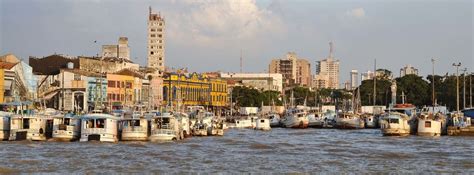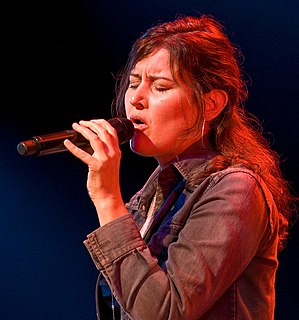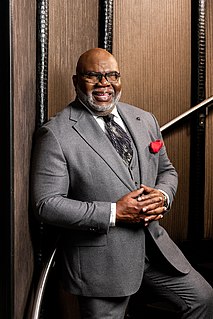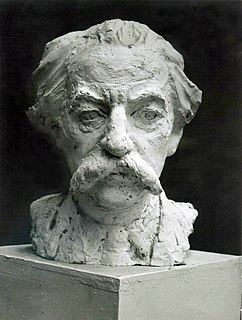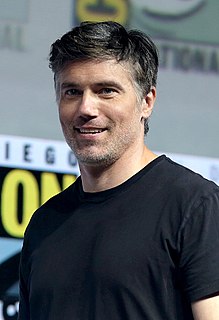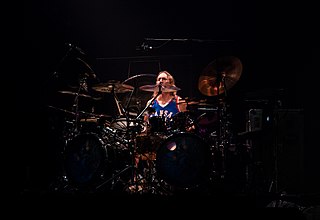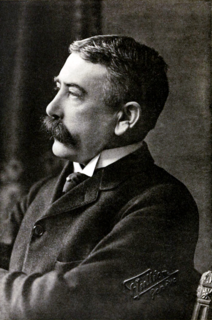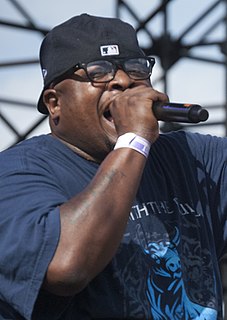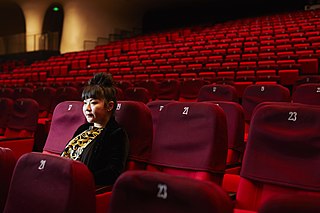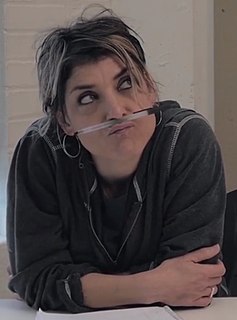A Quote by Mona Hatoum
I like keeping my work so open that it can be interpreted on different levels. Art can't be compared with journalism; it can't discuss concrete issues.
Related Quotes
And I do think that good art - the art that tends to last - is that art that hits human beings on several different levels at once because everybody's different. Some people approach art through their emotions, others through their head, and the art that can appeal to all of those levels is more likely to reach more people. Having more people see the work doesn't necessarily mean better art but it stands a better chance of lasting.
Art's effect is due to the tension resulting from the clash of the collocation of elements of two (or more) systems of interpretation. This conflict has the function of breaking down automatism of perception and occurs simultaneously on the many levels of a work of art ... All levels may carry meaning.
For one thing, I don't think art needs to be about suffering; sometimes it really seems like it's only the art about pain that is interpreted as profound, and in my work for years I've really tried to deal with subjects that are substantial, not just fluffy, but presented in a more playful, approachable kind of way.

